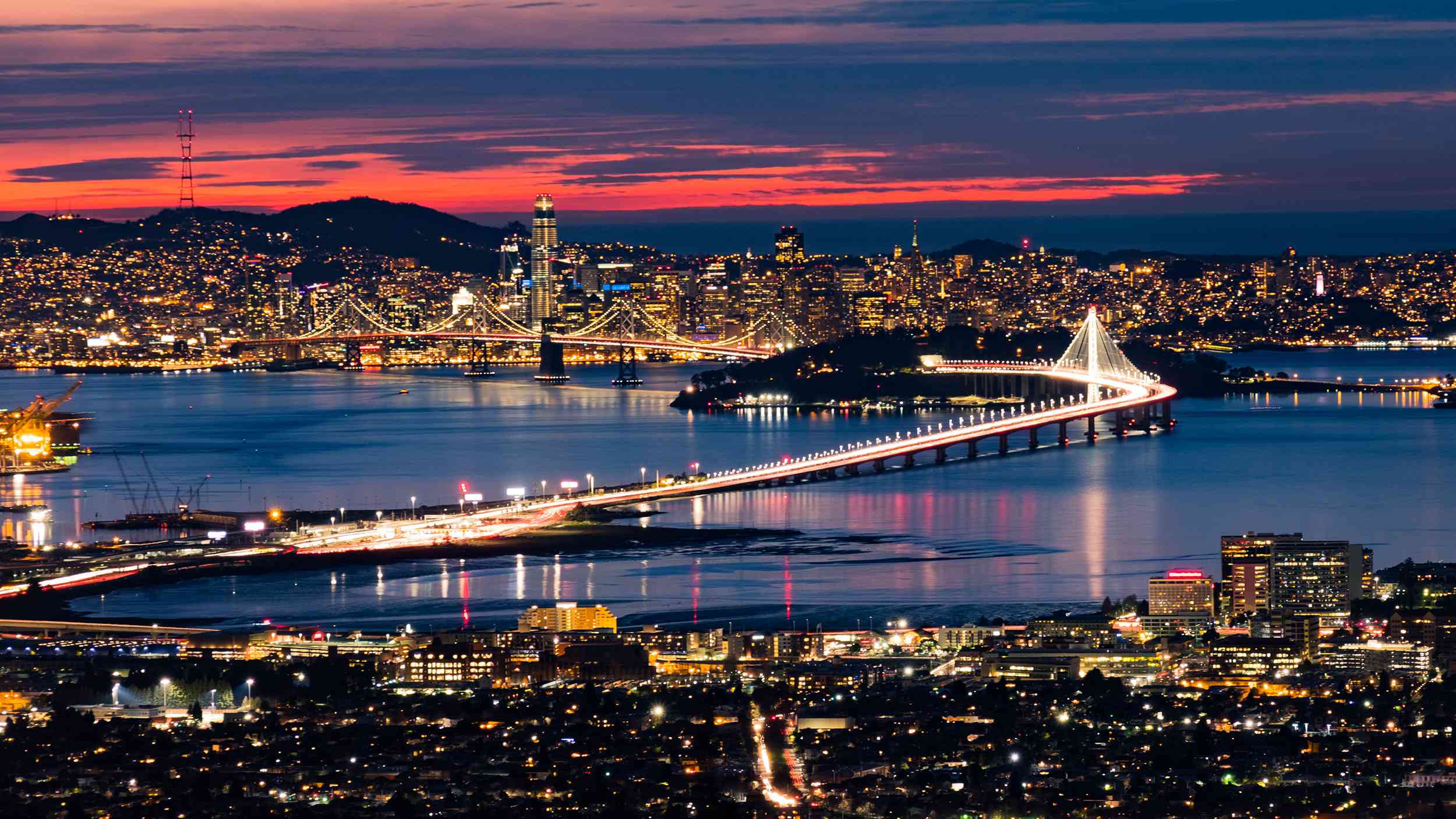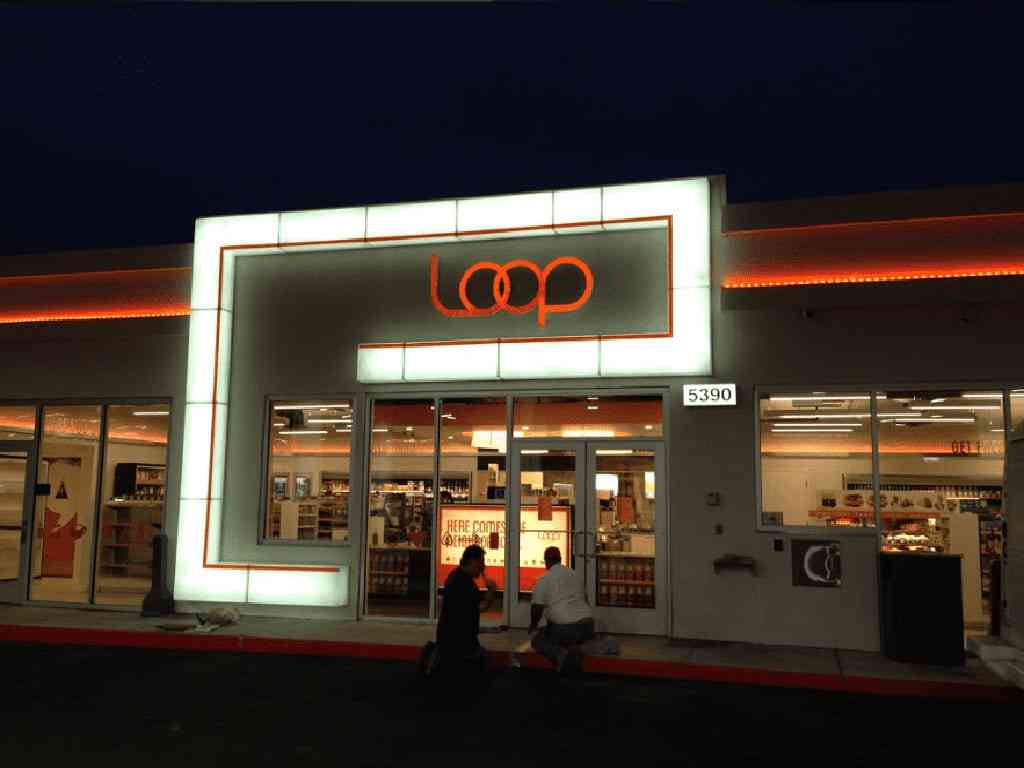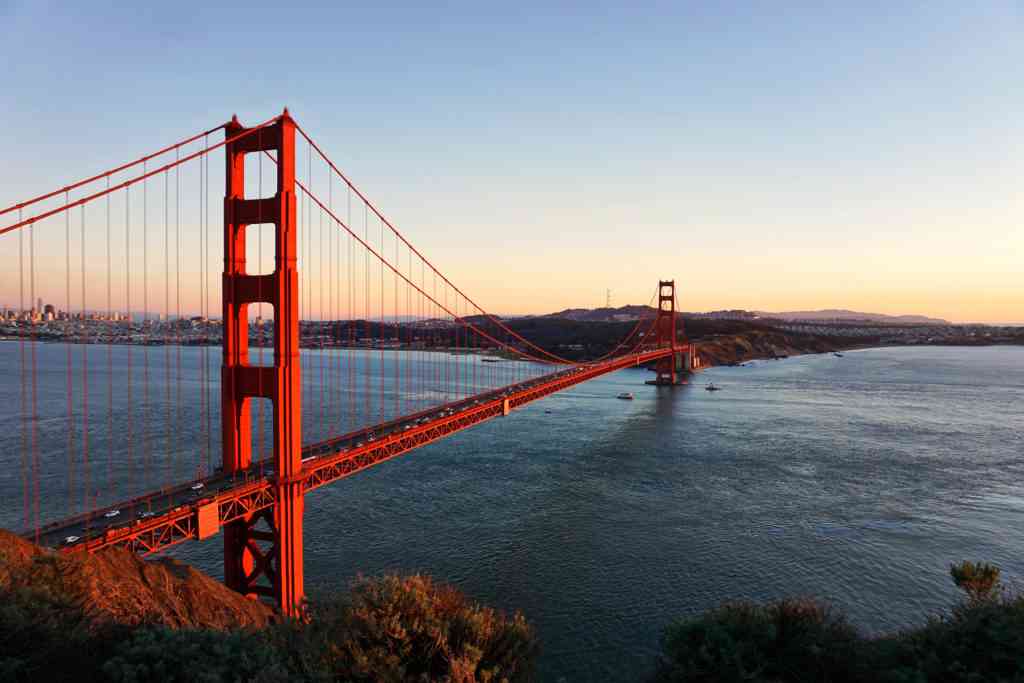Table of Contents
Can You Drink Tap Water in San Francisco?
Yes, San Francisco's tap water is generally considered safe to drink as San Francisco has no active health based violations of the Safe Drinking Water Act (SDWA) that we are aware of. Other factors such as lead piping in a home, or low levels of pollutants on immunocompromised individuals, should also be considered, however. To find more recent info we might have, you can check out our boil water notice page, the city's water provider website, or San Francisco's local Twitter account.
According the EPA’s ECHO database, from April 30, 2019 to June 30, 2022, San Francisco's water utility, Sfpuc City Distribution Division, had 0 violations of the Safe Drinking Water Act. For more details on the violations, please see our violation history section below. This assessment is based on the Sfpuc City Distribution Division water system, other water systems in the city may have different results.
While tap water that meets the EPA health guidelines generally won’t make you sick to your stomach, it can still contain regulated and unregulated contaminants present in trace amounts that could potentially cause health issues over the long-run. These trace contaminants may also impact immunocompromised and vulnerable individuals.
The EPA is reviewing if it’s current regulations around pollutant levels in tap water are strict enough, and the health dangers posed by unregulated pollutants, like PFAS.
Water Quality Report for San Francisco Tap Water
The most recent publicly available numbers for measured contaminant levels in San Francisco tap water are in its 2020 Water Quality Report. As you can see, there are levels which the EPA considers to be acceptable, but being below the maximum allowable level doesn’t necessarily mean the water is healthy.
Lead in tap water, for example, is currently allowed at up to 15ppb by the EPA, but it has set the ideal goal for lead at zero. This highlights how meeting EPA standards doesn’t necessarily mean local tap water is healthy.
EPA regulations continue to change as it evaluates the long term impacts of chemicals and updates drinking water acceptable levels. The rules around arsenic, as well as, lead and copper are currently being re-evaluated.
There are also a number of "emerging" contaminants that are not currently. For example, PFAS (Per- and polyfluoroalkyl substances), for which the EPA has issued a health advisory. PFAS are called "forever chemicals" since they tend not to break down in the environment or the human body and can accumulate over time.
We recommend looking at the contaminants present in San Francisco's water quality reports, or getting your home's tap water tested to see if you should be filtering your water.
San Francisco Tap Water Safe Drinking Water Act Violation History - Prior 10 Years
Below is a ten year history of violations for the water system named Sfpuc City Distribution Division for San Francisco in California. For more details please see the "What do these Violations Mean?" section below.
Is there Lead in San Francisco Water?
Based on the EPA’s ECHO Database, 90% of the samples taken from the San Francisco water system, Sfpuc City Distribution Division, between sample start date and sample end date, were at or below, 0.0076 mg/L of lead in San Francisco water. This is 50.7% of the 0.015 mg/L action level. This means 10% of the samples taken from San Francisco contained more lead.
While San Francisco water testing may have found 0.0076 mg/L of lead in its water, that does not mean your water source has the same amount. The amount of lead in water in a city can vary greatly from neighborhood to neighborhood, or even building to building. Many buildings, particularly older ones, have lead pipes or service lines which can be a source of contamination. To find out if your home has lead, we recommend getting you water tested.
No amount of lead in water is healthy, only less dangerous. As lead accumulates in our bodies over time, even exposure to relatively small amounts can have negative health effects. For more information, please check out our Lead FAQ page.
Are there PFAS in San Francisco Tap Water?
Currently, testing tap water for PFAS isn’t mandated on a national level. We do have a list of military bases where there have been suspected or confirmed leaks. There appears to be at least one military base - Naval Station Treasure Island - near San Francisco with suspected leaks.
With many potential sources of PFAS in tap water across the US, the best information we currently have about which cities have PFAS in their water is this ewg map, which you can check to see if San Francisco has been evaluated for yet.
Our stance is better safe than sorry, and that it makes sense to try to purify the tap water just in case.
What do these Violations Mean?
Safe Drinking Water Act Violations categories split into two groups, health based, and non-health based. Generally, health based violations are more serious, though non-health based violations can also be cause for concern.
Health Based Violations
- Maximum contaminant levels (MCLs) - maximum allowed contaminant level was exceeded.
- Maximum residual disinfectant levels (MRDLs) - maximum allowed disinfectant level was exceeded.
- Other violations (Other) - the exact required process to reduce the amounts of contaminants in drinking water was not followed.
Non-Health Based Violations
- Monitoring and reporting violations (MR, MON) - failure to conduct the required regular monitoring of drinking water quality, and/or to submit monitoring results on time.
- Public notice violations (Other) - failure to immediately alert consumers if there is a serious problem with their drinking water that may pose a risk to public health.
- Other violations (Other) - miscellaneous violations, such as failure to issue annual consumer confidence reports or maintain required records.
SDWA Table Key
| Field | Description |
|---|---|
| Compliance Period | Dates of the compliance period. |
| Status |
Current status of the violation.
|
| Health-Based? | Whether the violation is health based. |
| Category Code |
The category of violation that is reported.
|
| Code | A full description of violation codes can be accessed in the SDWA_REF_CODE_VALUES (CSV) table. |
| Contaminant Code | A code value that represents a contaminant for which a public water system has incurred a violation of a primary drinking water regulation. |
| Rule Code |
Code for a National Drinking Water rule.
|
| Rule Group Code |
Code that uniquely identifies a rule group.
|
| Rule Family Code |
Code for rule family.
|
For more clarification please visit the EPA's data dictionary.
What do people in San Francisco think about the tap water?
The city’s tap water is not only drinkable but of excellent quality: it’s straight from Hetch Hetchy Reservoir in the High Sierra mountains of Yosemite National Park.
San Francisco Water - Frequently Asked Questions
| By Phone: | 650-652-3100 |
| By Email: | adegraca@sfwater.org |
| By Mail: | 1657 ROLLINS RD BURLINGAME, CA, 94010-2301 |
Existing customers can login to their Sfpuc City Distribution Division account to pay their San Francisco water bill by clicking here.
If you want to pay your Sfpuc City Distribution Division bill online and haven't made an account yet, you can create an account online. Please click here to create your account to pay your San Francisco water bill.
If you don't want to make an account, or can't remember your account, you can make a one-time payment towards your San Francisco water bill without creating an account using a one time payment portal with your account number and credit or debit card. Click here to make a one time payment.
Moving to a new house or apartment in San Francisco means you will often need to put the water in your name with Sfpuc City Distribution Division. In order to put the water in your name, please click the link to the start service form below. Start service requests for water bills typically take two business days.
Leaving your house or apartment in San Francisco means you will likely need to take your name off of the water bill with Sfpuc City Distribution Division. In order to take your name off the water bill, please click the link to the stop service form below. Stop service for water bills requests typically take two business days.

The estimated price of bottled water
$1.74 in USD (1.5-liter)
USER SUBMITTED RATINGS
- Drinking Water Pollution and Inaccessibility
- Water Pollution
- Drinking Water Quality and Accessibility
- Water Quality
The above data is comprised of subjective, user submitted opinions about the water quality and pollution in San Francisco, measured on a scale from 0% (lowest) to 100% (highest).
Related FAQS
Contaminants
San Francisco City Water System
EWG's drinking water quality report shows results of tests conducted by the water utility and provided to the Environmental Working Group by the California State Water Resources Control Board, as well as information from the U.S. EPA Enforcement and Compliance History database (ECHO). For the latest quarter assessed by the U.S. EPA (January 2019 - March 2019), tap water provided by this water utility was in compliance with federal health-based drinking water standards.
Utility details
- Serves: 800000
- Data available: 2012-2017
- Data Source: Purchased surface water
- Total: 8
Contaminants That Exceed Guidelines
- Chromium (hexavalent)
- Total trihalomethanes (TTHMs)
Other Detected Contaminants
- Aluminum
- Chlorate
- Fluoride
- Haloacetic acids (HAA5)
- Strontium
- Vanadium
Reminder
Always take extra precautions, the water may be safe to drink when it leaves the sewage treatment plant but it may pick up pollutants during its way to your tap. We advise that you ask locals or hotel staff about the water quality. Also, note that different cities have different water mineral contents.
Sources and Resources
Sources Cited
Additional Resources
Current Weather in San Francisco
SAN FRANCISCO WEATHERSome of the Local Convenience Stores in San Francisco

- Hill Top General Store
- City Oasis
- 7-Eleven
- Russell's Convenience
- Loop
- Kwik & Convenient
- Dave's Food Store
- Gino's Grocery Co
- Sun Valley Grocery
- Star Convenience
- Potrero Market and Deli
- Hayes Market
- ExtraMile
- Uni-Mart
Estimated Price of Bottled Water
| Volume | USD | EUR | GBP |
| 1.5-liter | $1.87 | €1.69 | £1.46 |
The tap water in San Francisco, California, is safe to drink and one of the best in tasting tap water in the U.S. Delicious tap water costs less than half a penny per gallon, is quality examined over 100,000 times a year, and goes straight to your tap. Tap water is also extremely regulated by the EPA and beyond state and local water quality standards.

Presently there is a further reason to think outside of the bottle. According to San Francisco food authorities, San Francisco’s tap water tastes excellent than bottled water. In a current taste test administered by the San Francisco Public Utilities Commission (SFPUC), Arrowhead bottled water was recognized by four of the five tasters as inferior. A San Francisco Chronicle, a food writer, described the Arrowhead water as “flat.”
Source of Water in San Francisco, California
San Francisco tap water comes from surface water and a few percentages on groundwater. San Francisco’s source of water originates from the Tuolumne River and collected in the Hetch Hetchy Reservoir. Water from the Hetch Hetchy enriched with water from local watersheds such as the Alameda, Peninsula, San Andreas, and Pilarcitos reservoirs. Emergency supplies include Lake Eleanor, Lake Cherry, and streams of the Lower Cherry Aqueduct, Early Intake Reservoir, and Tuolumne River.
Avoiding bottled water can benefit the environment in many ways. About 85 percent of San Francisco’s tap water is produced by gravity from the Hetch Hetchy reservoir, supplied by Sierra snowmelt, its carbon footprint is much smaller compared to the energy needed to create and transport bottled water. Mentioned to Jue, bottled water does 2,000 more power to create than tap water. Bottled water also leaves a wake of waste. Singly in California, one billion plastic water bottles end up in landfills each year. It will take 1,000 years to biodegrade plastic bottles.